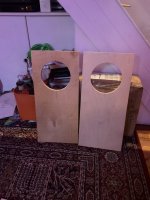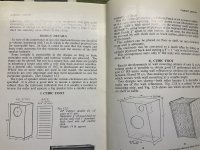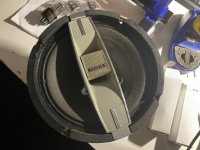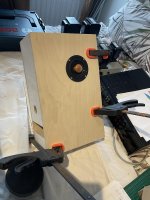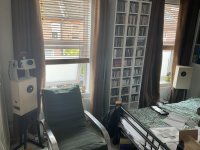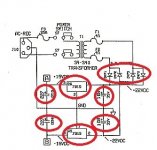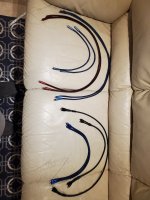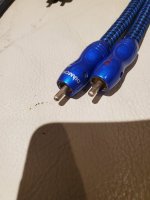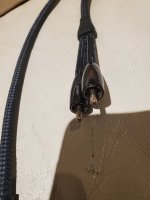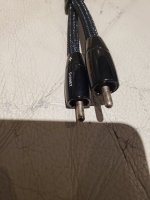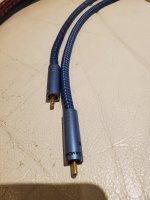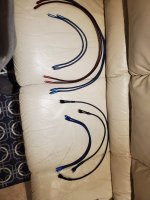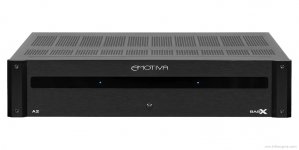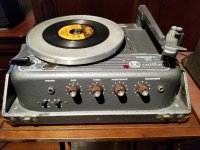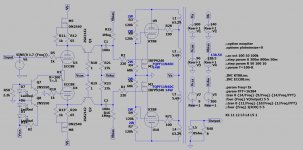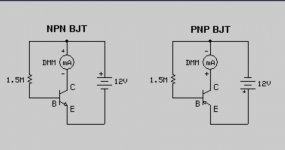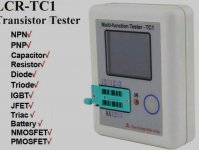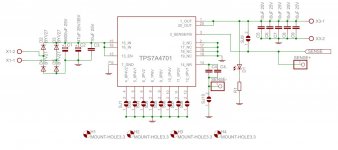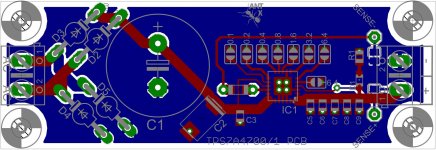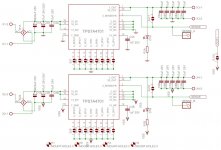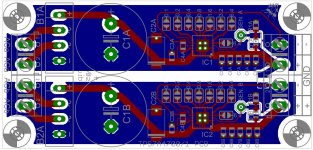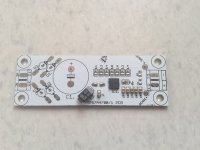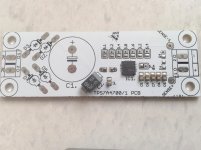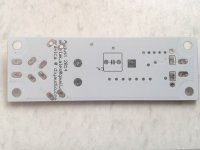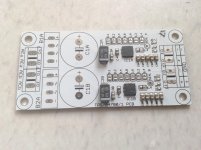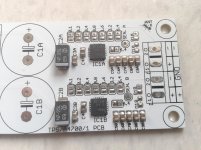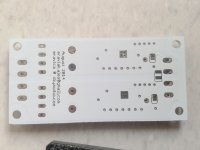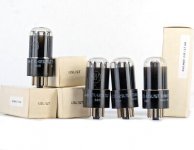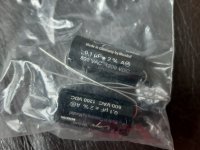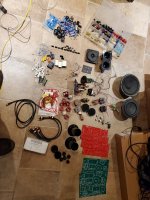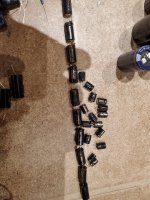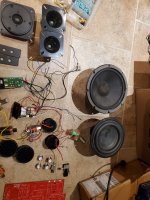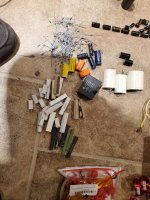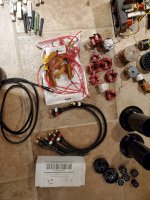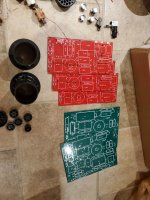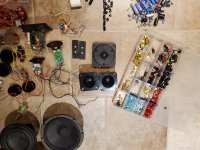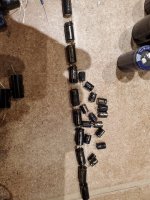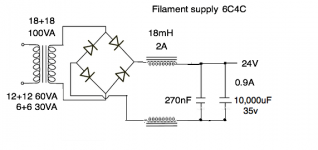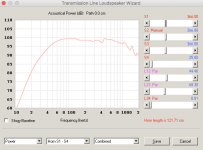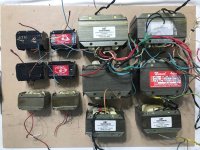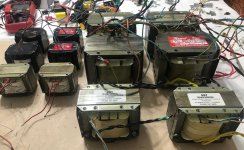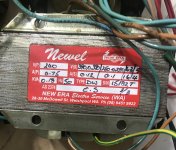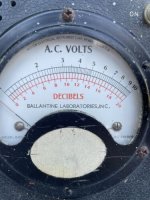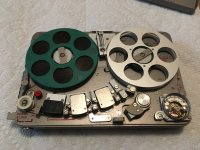As in the title, I'm trying to figure out how to properly determine the maximum voltage / watts, or whatever that my various drivers can handle, and then understand how I would use THOSE numbers to set my limiters. (For both subs & tops.)
I of course want the option of maximum safe volume, without burning up coils.
At a minimum I'd like to understand the basic steps typically taken for this. I'm pretty sure it has to do with voltage, yes? But that's where my knowledge ends.
I do own a signal generator, a dB meter, a volt meter (Fluke 87) and some RTA software that can also somehow function as an oscilloscope, though I have no idea yet how that part actually works.
================================================
More specific helps would be even better, of course, so FWIW:
My processor is an EAW UX3600, and both tops and subs are driven by Lab Gruppen C48:4 4 channel amps.
The amps have a few different settings for maximum voltage, but no fine-tuning. The highest three choices are 100v, 118v, and 141v. With a typical input gain, this equates to about 630w, 880w, and 1200w per channel. I believe that's at 4 ohms, (the manual doesn't specifiy) as that's the maximum 1/8 power at 4 ohms. Everything I'm running now is 8 ohms per channel, so MY GUESS is that these voltages equate to about 525w, 760w, and 1,000 at 8 ohms.
These amps also have protection circuits that hard-limit the output to those voltage settings.
The processor has brick-limiters for each output. The parameter of concern here is the threshold setting, which is in dBu, and defaults to 6 dBu.
---------------------------------
Again, if anyone has the time to respond with specifics, then here are my driver specs:
TOPS: EAW KF394, currently running in full-range mode (not bi-amped) and each rated at 1100w / 8 ohms.
I'm not using that amp's outputs 3 & 4 yet, but will later when I experiment with the KF394's bi-amp mode
Two diffferent subs types, depending on the venue:
A: Bag End sealed 18's. I run four of them, and use one amp channel for each, so at 8 ohms. They are each rated at 400w / 8 ohms
B: Two custom-made dual 12" ported boxes, each with two Eminence Kappalite 12" drivers. (Many thanks to Art W for helping me fine-tune this design.)
Again, I'm currently running each driver off of a separate amp channel, so 8 ohms each. They are each rated at 450w / 8 ohms.
And additionally - I may build a third 2X12" sub, for outdoor gigs. At that point, I'll probably change the subs' internal wiring to parallel / 4 ohms per cabinet, so I don't have to carry another amp with me. So I need to know how THAT affects maximun voltage and limiter settings as well.
=====================================================
ANY info on this at all would be massively helpful, even if just the basic concepts.
Thanks in advance, guys.
